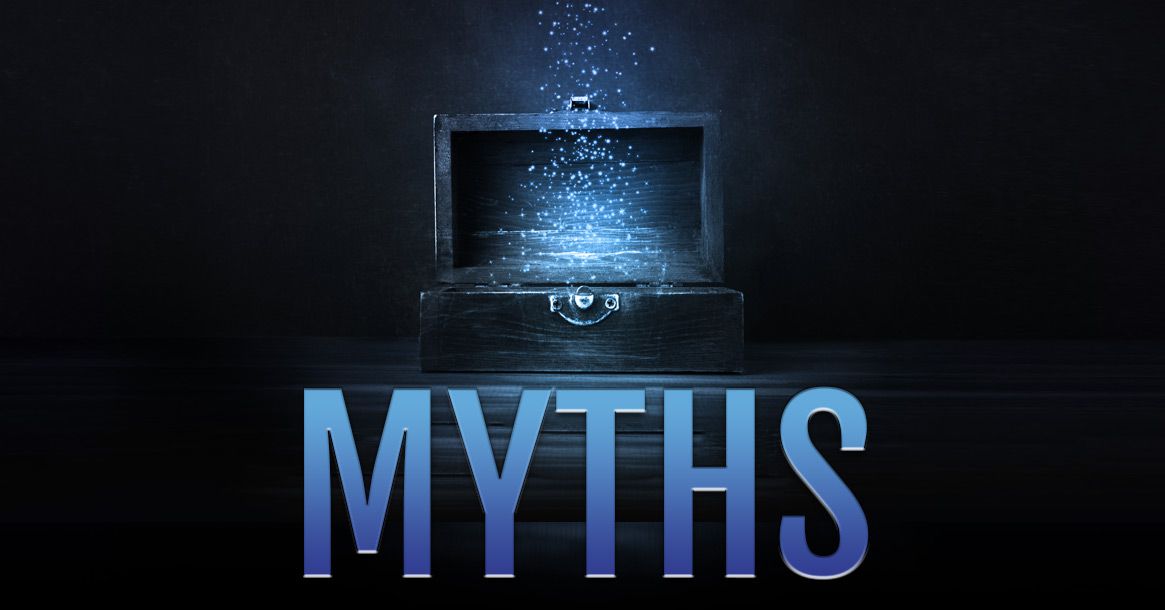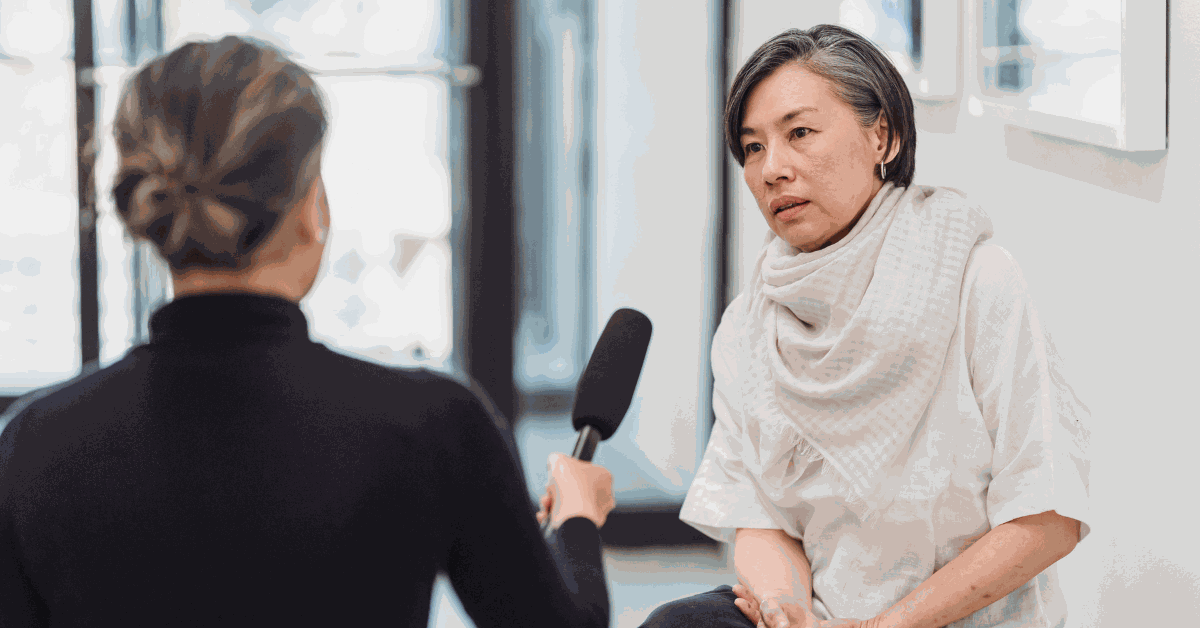We are going to make a statement that will likely cause severe discomfort for safety directors and risk managers alike – “Safety is NOT your top priority.” We repeat, “Safety is NOT your top priority.” Let us clarify this statement, though. Just because we are saying that safety is not your TOP priority, does not mean that safety is not a priority. We have found that clients often struggle with this differentiation. There is a (faulty) belief that safety is an all-or-none proposition. While it may sound good on paper to say you prioritize safety over all other facets of your business, from a legal perspective, it can cause significant problems during the litigation process. This article examines the underpinnings of the “safety first” notion, identifies how plaintiff counsel will attempt to exploit this type of claim, and provides recommendations for how clients can more effectively address the topic of safety.
In the COVID-era, it does not take much looking around to see signs prominently displayed at businesses proclaiming, “Your health and safety is our top priority.” At the height of the pandemic, the “health and safety” hyperbole was everywhere. Most of us were inundated with emails from banks, cell phone carriers, cable companies, and many, many other types of businesses—all proclaiming that safety was their top priority. Really? If you are a bank, your job is to make sure people have access to their money; if you are a cellular company, your priority should be to provide reliable service. Of course, it is important for companies to act responsibly during a pandemic and let customers know what they are doing, but that is a far cry from taking ownership and responsibility for the health and safety of others.
Statements such as these make sense from a basic human psychology perspective. According to Maslow’s hierarchy of needs, safety is considered a “basic need” of humans, second only to physiological needs required for survival (e.g., air, food, and water).[i] In addition, companies like to espouse such statements because it “feels good” and they ultimately hope that it makes them look good to their customers and the public. To use a phrase from noted author and Professor of Psychology Dr. Robert Cialdini, the potential threat of injury creates the click on individuals’ safety “tape” and companies respond with the whirr of safety related messaging.[ii]
From an evolutionary perspective, safety-related statements also make sense. Humans have evolved by learning to cooperate with one another and by adhering to basic survival principles. One of these principles is to protect our offspring to allow our genes to continue. Individuals who do not adhere to these basic principles are often ostracized by the larger group. Moreover, when an individual engages in behaviors that threaten us at the genetic level, we react by enacting a defensive, protective response, and accessing the most primitive and instinctual part of our brain. Tapping into this “reptile brain” is how David Ball and Don Keenan’s Reptile approach has taken mediocre plaintiff attorneys and made them exceptional.[iii] Not because their advocacy skills are exemplary or their deposition questions are profound; rather, plaintiff attorneys have learned to exploit individuals’ basic notions of “safety = good” and “danger = bad.”
The Reptile approach is successful in litigation because companies often serve up the case to plaintiff counsel on a silver platter. For example, corporate messaging is often written by the marketing and communications department, and safety handbooks are often developed with input from the safety director and the human resources department. The question is whether the messaging is being subjected to a robust legal review before being shared more broadly with a company’s stakeholders. During the pandemic, it seems like a lot of companies simply Googled what others were saying and simply followed suit. The fact is, without input and review from corporate legal departments, messages like “safety is our top priority” fail to consider the potentially perilous risks inherent in these statements for your company.In this case, shouldlitigation occur, it will not take savvy plaintiff attorneys long to make use of marketing materials, safety handbooks, and other corporate documents as the lynchpin of their deposition preparation. For example, we can imagine that a deposition in a personal injury case may look something like this:
Q: Mr. Smith, in your capacity as Company A’s corporate representative, you would agree with me that customer safety is one of your top priorities, correct?
A: That is correct.
Q: In fact, customer safety is your top priority, is it not?
A: I would say it is one of our top priorities, yes.
Q: Well, now Mr. Smith, doesn’t your company place signs around the store that say, “Your health and safety is our top priority?”
A: Yes.
Q: And your company handbook says, “Safety is Company A’s top priority. Furthermore, it is the policy of Company A to conduct its business in the safest possible manner.” Does it not?
A: It says that, yes.
Q: So, Mr. Smith, then you would agree with me that customer safety is Company A’s top priority.
A: I would agree with that.
Q: Then you would also agree with me that Company A should take all reasonable steps to ensure the safety of its customers, correct?
A: I would agree with that also.
Q: Therefore, Mr. Smith, when your company allowed the hazardous liquid to remain on the store floor for over 5 minutes, you would agree with me that you put customers at risk?
A: Yes.
Q: And you would also agree with me that you violated Company A’s safety policies?
A: Yes.
For this witness, it is not a matter of whether he or she agrees with opposing counsel’s statements. Instead, the witness MUST agree to it because it is written in black and white. We have seen this line of questioning used by plaintiff counsel on countless occasions, and it works. The reason why it works is because the company, by its own admission, has placed safety above all other facets of the business. Therefore, when someone is injured inside this business, it must have occurred because of a lack of concern for customer safety. Even worse, the injury must have occurred because the company violated its own safety policies. Once this belief gets placed into the minds of jurors, it becomes a “no-brainer” to find the company liable for the plaintiff’s injuries.
Now that we have addressed the problem and the underlying dangers, the next thing to do is discuss what to do about it. In terms of communication, it is important that marketing, safety, and human resource departments become more sensitive to the legal implications of what they are saying, particularly in a crisis. In these situations, companies should know that it is possible to be both reassuring AND judicious in communications to employees, customers, and other important constituents. For example, rather than wrapping themselves in the “health and safety” banner, what if the banks and other companies had simply said, “We are reaching out to share what we are doing in response to the pandemic.”
Whether responding to a crisis or developing corporate communications materials, it can make a tremendous difference to add the perspective of crisis and litigation professionals, especially those who understand the psychological aspects of messaging and litigation strategy and risk. If you only take away one recommendation or one piece of advice from this article, please make it this: It is time to consider changing how you communicate about safety. As much as it may be difficult to accept from a psychological perspective, it is okay for safety to just be a priority.
[i] McLeod, S. (2020, December 29). Maslow’s hierarchy of needs. Retrieved from https://www.simplypsychology.org/maslow.html#gsc.tab=0
[ii] Cialdini, R. B. (1993). Influence: The psychology of persuasion. William Morrow and Company, Inc.
[iii] Ball, D., & Kennan, D. (2009). Reptile: The 2009 manual of the plaintiff’s revolution. Balloon Press.
Be confident in achieving superior litigation outcomes. CSI has the expertise, track record, and capabilities to help you win.



